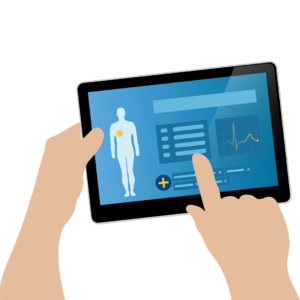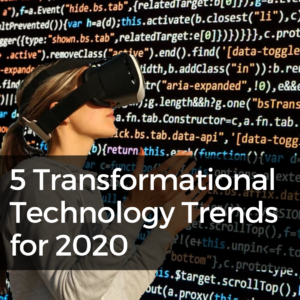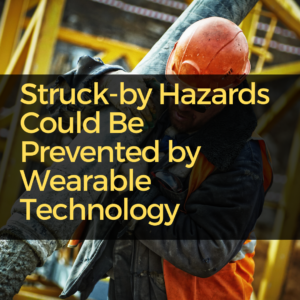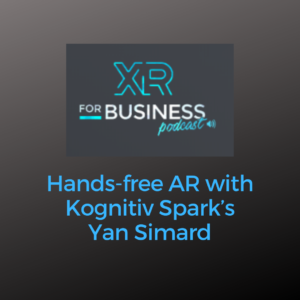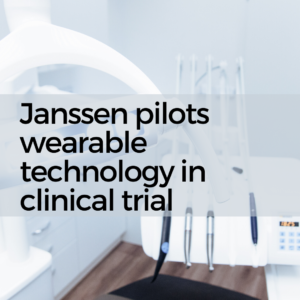Jarrow-based, solid wood furniture manufacturer, Funky Chunky Furniture, has been working collaboratively with the Sustainable Advanced Manufacturing (SAM) project, to prepare the business for its next phase of growth.
SAM, based at The Industry Centre, Sunderland, is a £5.1m collaborative project between the University of Sunderland and the European Regional Development Fund (ERDF). It supports product and process development and the introduction of technology in SME manufacturers in the NE LEP area.
One area of focus was streamlining the workshop processes, to ensure efficient and sustainable manufacturing. The teams used augmented reality technology, product knowledge and lean manufacturing principles to create a digital twin of the workshop.
The FlexSim software allowed Funky Chunky Furniture to digitally model changes to the workshop, de-risking the decision-making process, and modelling production flow.
After testing many different layouts on the software, Funky Chunky Furniture has turned the digital into reality, and redesigned the workshop layout, future-proofing its operations, maximising space and allowing for future expansion.
Kevin Johnston, managing director of Funky Chunky Furniture, said: “We are a rapidly growing manufacturer, but we need to ensure we support the growth and keep it sustainable.
“Working with the team at SAM has enabled us to focus on the details and test out new processes digitally before putting them into use. Ultimately, we have to get the systems right, as they have a big impact on our workshop team. We need to be efficient, so we can create space, both physically and time within the working day, to introduce new product lines and techniques.
“We’re entering our busiest period of the year, so it’s a great test for the new workshop layout.”
The next phase of the SAM project is now underway. Funky Chunky Furniture has received a grant of £30,000 from SAM to support the implementation of new processes and development of new products. It represents 40% of the investment needed to purchase new tooling, installations and employ new team members.
Kevin Johnston, said: “Now the workshop is optimised we can focus on extending our manufacturing processes. We’re keen to expand our product range, but to do that we need to invest in new processes and equipment, as well as more members of staff.”
Ken Teears, SAM Project Manager said “We are halfway through the project with Funky Chunky Furniture and already we can see the significant impact that the SAM project has had on the business.
“The workshop reconfiguration will ensure the business remains sustainable, lean and efficient, and the business has recruited several new members of staff. We are keen to see how we can positively impact the business as we move forward the second half of our work together.”
The project will continue for another year as Funky Chunky Furniture introduces its new manufacturing processes and product lines.
